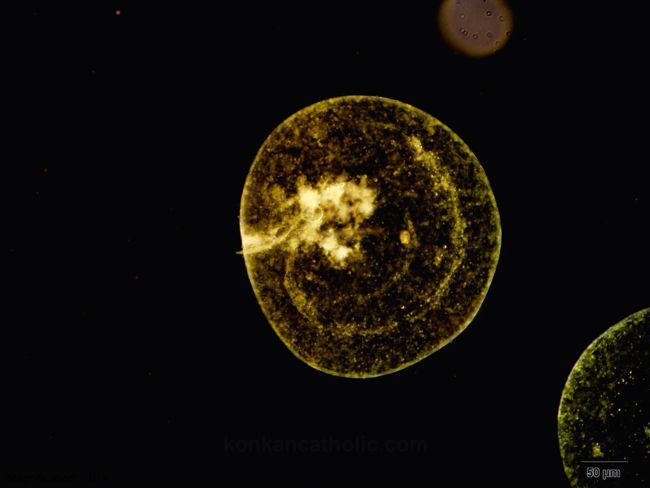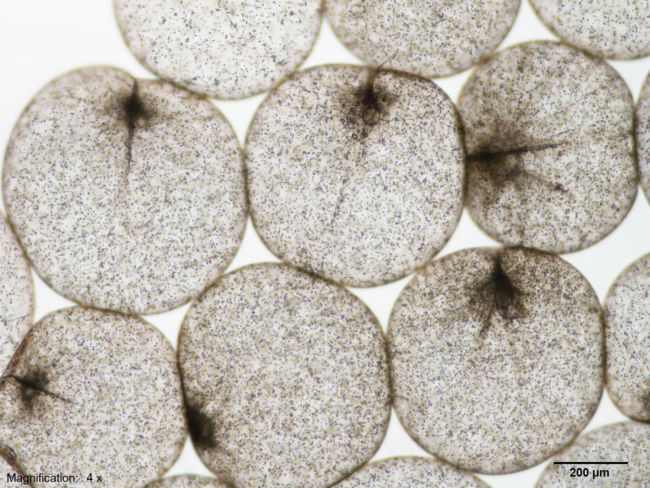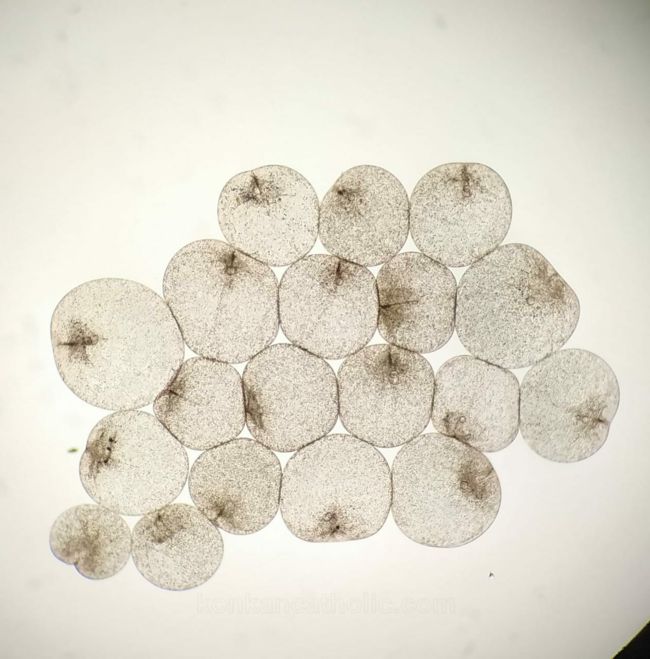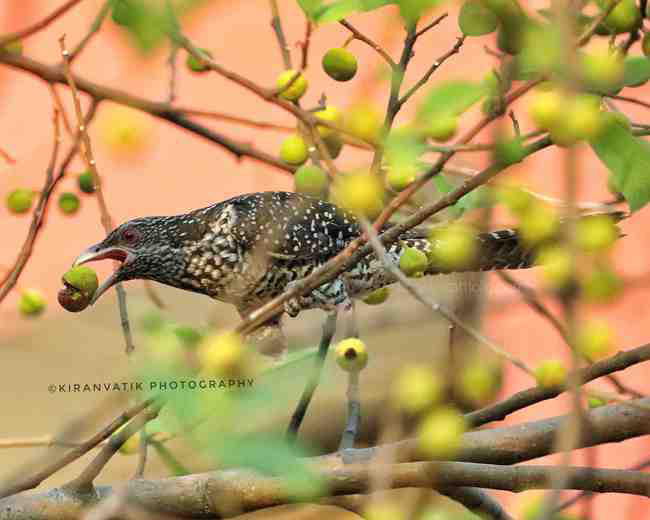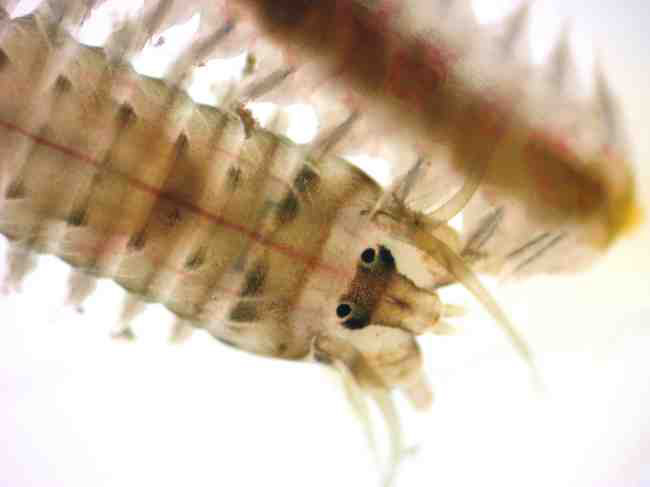Applied Biology Lab of SAC identified Noctiluca Scintillans (Sea Sparkle)
Mangaluru: Noctiluca Scintillans – the Sea Sparkle of the Mangalorean coast identified and documented by Laboratory of Applied Biology, St Aloysius College, Mangaluru.
Mangaluru has been buzzing with news of icy blue streaks across our coastal waters. From Udupi to Someshwar, our seas are lit by sparkly blue luminescent waves that are visible from sunset till day break. What causes this spectacular phenomenon and why?
Ms Sulakshana Karkala and Mr Sachin Patavardhan of the Laboratory of Applied Biology, St Aloysius College, Mangalore under the guidance of Dr Leo D Souza SJ and Dr Shashi Kiran have identified the causative organism as Noctilucascintillans. It is a small transparent balloon shaped microscopic dinoflagellate that has two hairs like structures (flagella) for movement. Only one flagella is prominent and spoon shaped and therefore helps to scoop up phytoplankton into its mouth. Noctilucascintillans itself is colorless; it looks green from all the green microscopic phytoplankton that it consumes.
So how does this tiny little fellow produce such brilliant shots of lights? Noctilucascintillans has numerous strands inside it which contain a chemical called luciferin and an enzyme called luciferase. Luciferin reacts with oxygen to give light flashes. This is called bioluminescence because it is light that is produced by a living organism. This light flash is triggered by mechanical motion such as waves crashing. Thus the strongest light sparkles are usually seen with the highest waves folding. The effect it produces appears like a sparkly shiny wave and that is why Noctilucascintillans is also called the Sea Sparkle.
While icy blue light on a cool sea lit by the moonshine appears to be a picture straight out of a fantasy movie, it hides a scary secret. This overgrowth of the dinoflagellate could mean disaster for our marine fish industry. The sudden overgrowth throws off the balance of the sea and could cause a drastic decline in the marine fishing harvests. The overgrowth also leads to an excessive production of ammonia in the sea water which is quite toxic to the other marine animals in the waters.

